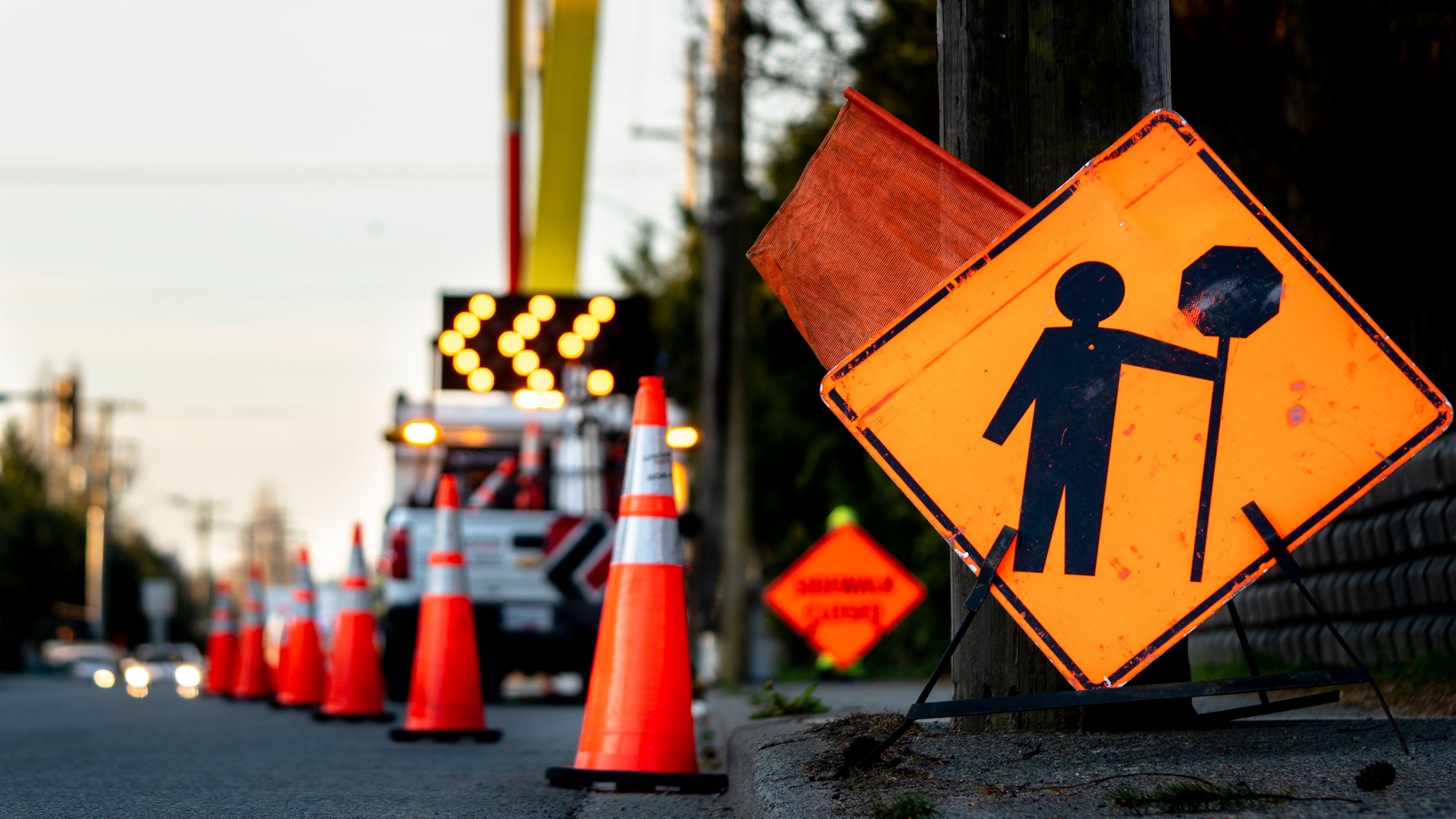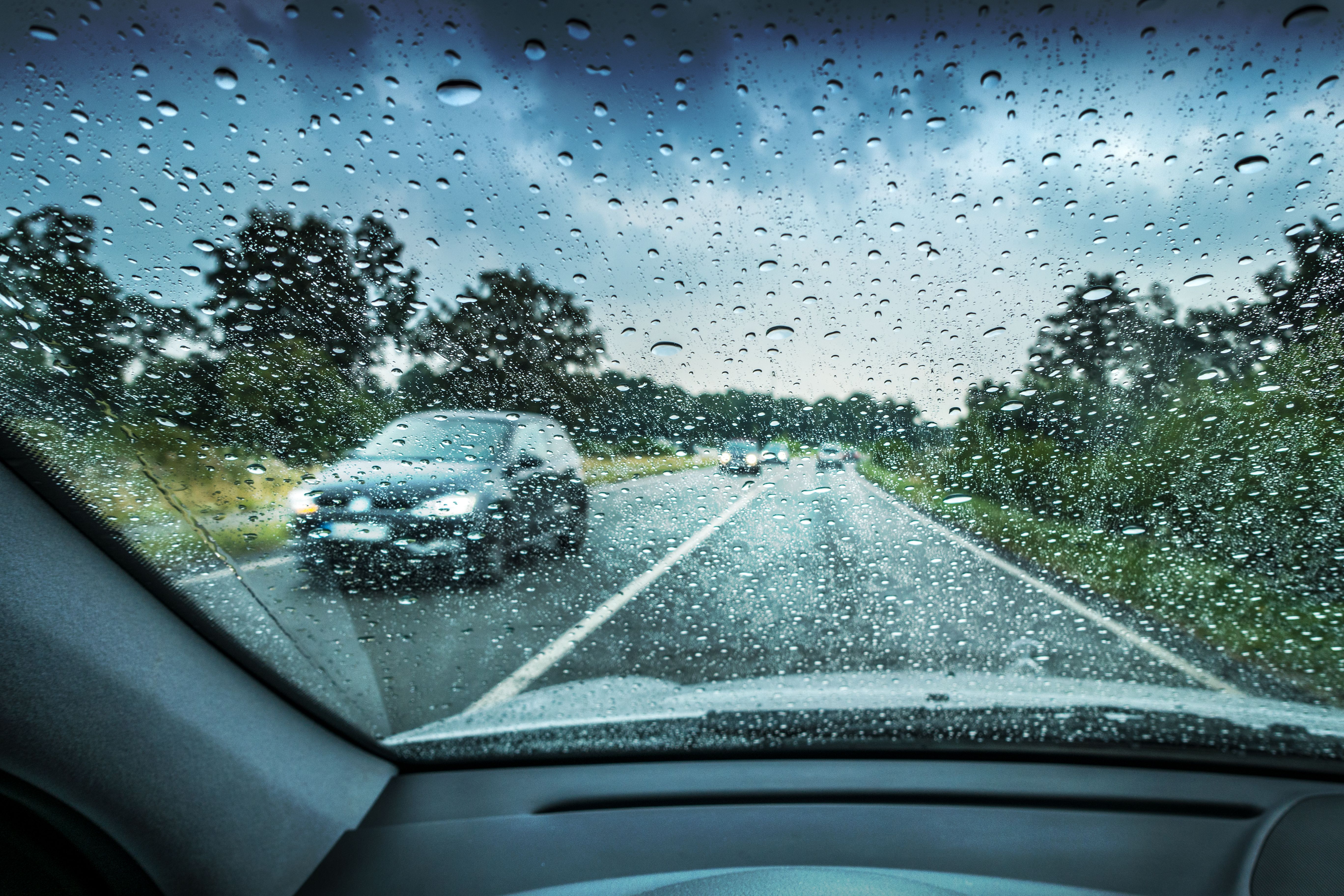Collision Prevention Tips for New Drivers
Understanding the Importance of Collision Prevention
For new drivers, the thrill of getting behind the wheel can sometimes overshadow the crucial responsibility of ensuring safety on the road. Collision prevention is not just about protecting yourself but also about safeguarding other road users. By adopting proactive driving habits and understanding your vehicle, you can significantly reduce the risk of accidents.
One of the essential facets of preventing collisions is developing a keen sense of awareness. This involves being attentive not only to your actions but also to the behavior of other drivers, pedestrians, and cyclists. Staying alert and minimizing distractions are foundational elements of safe driving.

Mastering Vehicle Control
Before hitting the road, it's crucial to be familiar with your vehicle's controls. Understanding how your car responds to steering, braking, and acceleration will help you maintain control in various situations. Practice using these controls in a safe environment, such as an empty parking lot, to build confidence and skill.
Moreover, ensure that your vehicle is in optimal condition. Regular maintenance checks, including tire pressure, brake functionality, and fluid levels, can prevent unexpected breakdowns or malfunctions that might lead to accidents.
Adjusting to Weather Conditions
Weather plays a significant role in driving safety. Rain, snow, fog, and ice can drastically alter road conditions and challenge even experienced drivers. To combat these challenges, always adjust your driving speed and maintain a safe distance from other vehicles. Using headlights appropriately and ensuring that your windshield wipers are in good condition can enhance visibility during adverse weather.

Maintaining Safe Following Distances
A critical aspect of collision prevention is maintaining a safe following distance. The three-second rule is a good guideline for keeping a safe gap between you and the vehicle ahead. This distance allows you ample time to react if the vehicle in front suddenly stops or slows down.
In poor weather conditions or when driving larger vehicles, increase this following distance to account for longer stopping distances. Remember that tailgating not only increases the risk of rear-end collisions but also elevates stress and anxiety levels.
Avoiding Common Distractions
Distractions are a leading cause of accidents among drivers. Common distractions include mobile phones, eating, or adjusting in-car entertainment systems. To minimize risks, consider setting up your route and music before you start driving, and use hands-free devices if necessary.

Practicing Defensive Driving
Defensive driving is an essential skill that every new driver should cultivate. It involves anticipating potential hazards and being prepared to respond safely. By staying vigilant and cautious, you can take preventive measures to avoid collisions, such as anticipating sudden lane changes or erratic driving behavior from others.
Additionally, always be respectful of traffic rules and signals. These regulations are designed to maintain order on the road and protect everyone from potential harm. Being compliant with these rules is fundamental to collision prevention.
Continuously Improving Your Skills
Driving is a skill that improves over time with experience and practice. Consider enrolling in advanced driving courses that focus on collision prevention techniques. Such programs often cover emergency braking, skid control, and evasive maneuvers, providing you with the tools needed to handle unexpected situations confidently.
Ultimately, being a responsible driver means committing to ongoing learning and improvement. By understanding your role in road safety and taking proactive steps to enhance your skills, you contribute significantly to reducing accidents and making roads safer for everyone.
